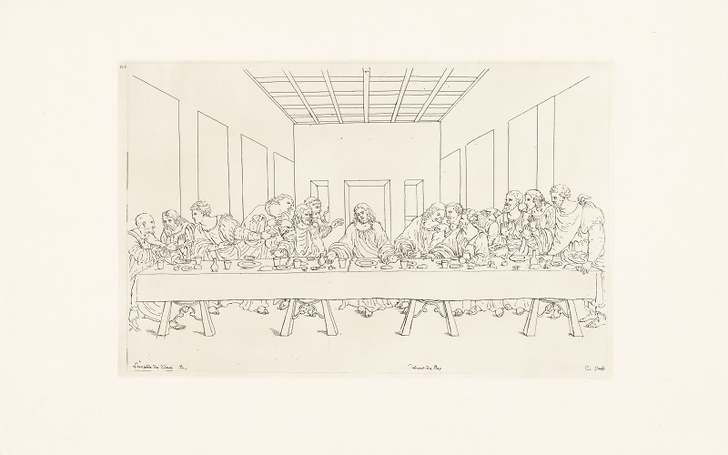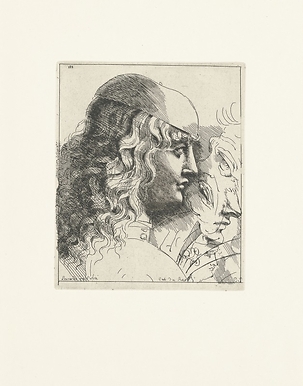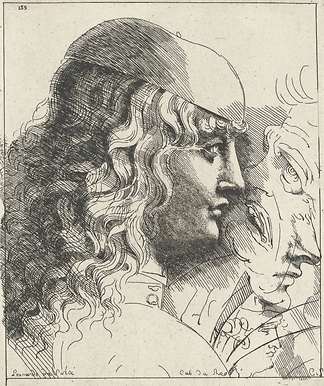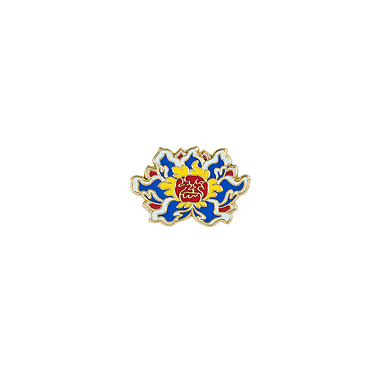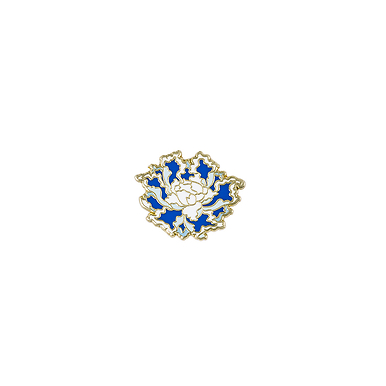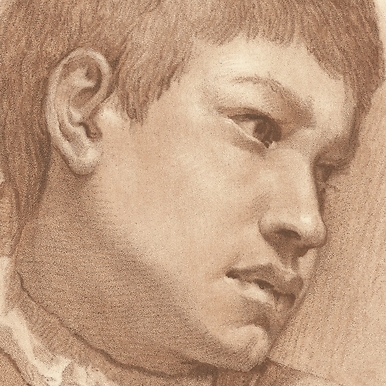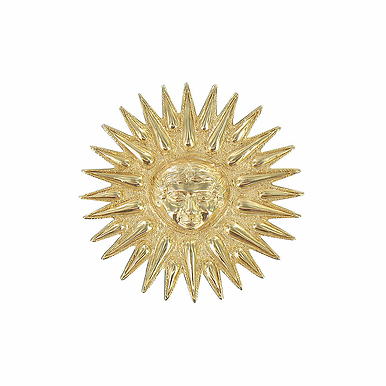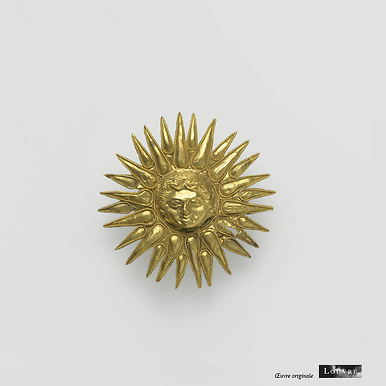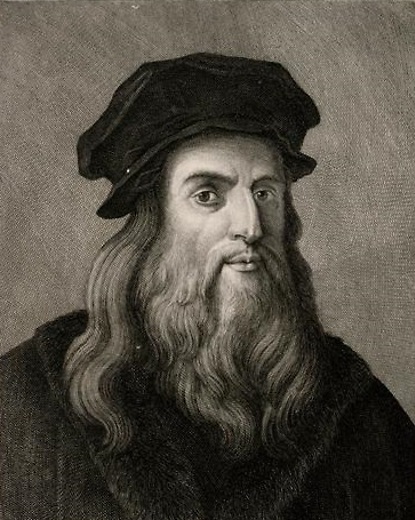Engraving The Last Supper - Leonardo da Vinci
KM000192
Based on Leonardo da Vinci's drawing (1452-1519) No. 2551
Etching technology
Modern proof printed on handmade Jeanjean paper: 33 x 50 cm
From an original plaque measuring 22 x 34 cm belonging to the Collection de la Chalcographie du Louvre, Inv. 192
Dated, numbered, stamped and sold with a certificate...
Read more
Based on Leonardo da Vinci's drawing (1452-1519) No. 2551
Etching technology
Modern proof printed on handmade Jeanjean paper: 33 x 50 cm
From an original plaque measuring 22 x 34 cm belonging to the Collection de la Chalcographie du Louvre, Inv. 192
Dated, numbered, stamped and sold with a certificate of authenticity.
Set of 10 final draws in June 2019.
The last ones are copper plates engraved before 1848, which can no longer be used for printing, at the risk of degrading the engraving. They are then kept in the Louvre's reserves.
Le Compe de Caylus, (1692-1765), Louis XIV's little nephew, entered the Académie des lettres in 1714. Trained in drawing by Watteau and engraving by Mariette, he interprets the drawings of the Cabinet du Roy to which he has access. This represents, for the Chalcography of the Louvre, a set of 223 plates engraved after the greatest artists.
Leonardo da Vinci is one of them. Florentine Renaissance painter, he is known as a scientist, engineer, inventor, philosopher, writer...
This fresco represents one of the key moments in Christian history, the last meal taken by Jesus Christ with the 12 apostles. It illustrates the reaction of the latter after Christ's announcement of the betrayal of one of them. The composition chosen by the painter, notably the inclusion of Judas in the meal, and the poses of each guest inspire his contemporaries and artists afterwards.
The motif was engraved using etching technique. The matrix is covered with a varnish on which, once, the artist traces his drawing, exposing the metal. The board thus drawn is immersed in an acid bath that attacks the copper and thus digs the pattern. Long immersions are required to obtain deep blacks, while a few seconds are enough to obtain light greys.
Chalcography (from the Greek klalkos - copper and graph - writing), means copper engraving and this term refers both to the prints printed from metal plate and the place where they are kept, and made. Since 1895, the Réunion des musées nationaux - Grand Palais has been responsible for publishing, distributing and marketing the prints in the Louvre's collection.
It is constantly getting richer.
Close
Login to see prices
Sold by GrandPalaisRmn

